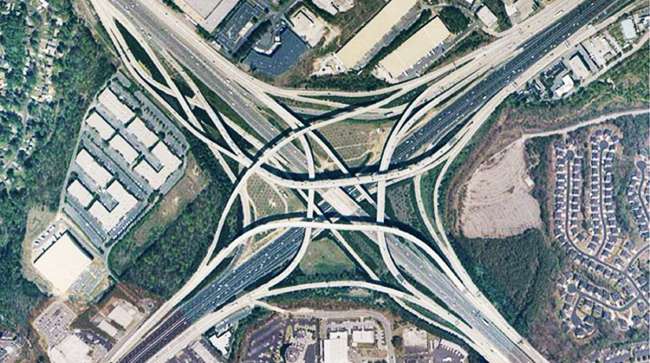Staff Reporter
Atlanta Mayor Announces Leader, Plan for City’s DOT

[Stay on top of transportation news: Get TTNews in your inbox.]
Atlanta Mayor Keisha Lance Bottoms has announced a commissioner and a comprehensive plan for her city’s transportation department.
Bottoms announced Nov. 13 that Josh Rowan will lead the Atlanta Department of Transportation (ATLDOT). The agency, which Bottoms unveiled in March during her State of the City address, will focus on improving connections between neighborhoods, jobs and schools.
Mayor @KeishaBottoms appoints Josh Rowan to lead Atlanta’s newly formed Department of Transportation. Read the full release here: https://t.co/U5dIZXyxoV pic.twitter.com/bQLBA4rGfS
— ATLDOT (@ATLDOT) November 13, 2019
Rowan, who has a background in engineering and construction management, serves as general manager of the city’s Renew Atlanta infrastructure bond program.
“I’ve been building roads and implementing transportation policy for nearly 25 years in the region, and I look forward to helping plan for Atlanta and the region’s mobility future,” Rowan said.
One goal of ATLDOT is to offer more transportation choices for people living in and traveling to Atlanta. The department is in charge of managing roadway repair and maintenance activities, bike lane construction and traffic signal upgrades.
ATLDOT will combine the faculties of Renew Atlanta, the Office of Mobility Planning, which is in charge of long-term planning, and the transportation office of the Department of Public Works, which handles construction and repair operations.
These agencies are among the several departments that manage the city’s 1,500 miles of streets. This consolidation is meant to streamline funding and project delivery.

Atlanta Mayor Keisha Lance Bottoms speaks at the U.S. Conference of Mayors in January. (Eleanor Lamb/Transport Topics)
“Historically, we have had three departments working in silos from their own plans. Today, we have one team and one plan focused on building streets that safely serve every Atlantan, no matter how they choose to get around,” Bottoms said. “Creating this department gives Atlanta the transportation leadership it needs in our rapidly growing region.”
The transportation department is an aspect of the mayor’s One Atlanta initiative to promote equity and inclusion. Bottoms’ strategic transportation plan for One Atlanta, also released this month, outlines goals for the agency, such as resurfacing 200 miles of roadway a year and speeding up pothole repair efforts.
The transportation plan also lists managing curbside parking and improving access to loading zones downtown as goals to facilitate freight deliveries. City officials plan to launch an online permitting platform for commercial vehicles. The plan calls for the publication and distribution of a map of local freight routes within the next year. Along with the Atlanta Police Department, city transportation officials aim to develop a truck route enforcement plan.
The goals enumerated in the One Atlanta transportation plan are meant to outline the agency’s work through 2022.
Atlanta’s population — and transportation needs — are growing. The Atlanta Regional Commission projects that the metro region will add more than 2.5 million people and 1 million jobs by 2040.
Atlanta also is home to some of the most congested bottlenecks in the country. Its five-level stack interchange where interstates 285 and 85 North intersect, known as “Spaghetti Junction,” ranked No. 2 on the American Transportation Research Institute’s truck bottlenecks report, released Feb. 12. (This intersection ranked No. 1 on last year’s report.)
The third spot on ATRI’s list, the intersection between I-75 and I-285 North, also belongs to Atlanta.
Want more news? Listen to today's daily briefing:

